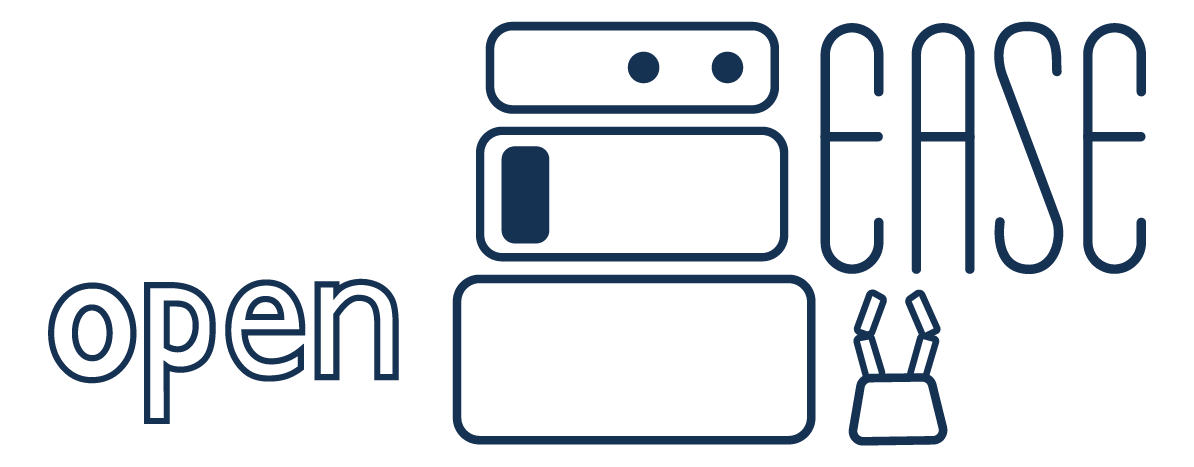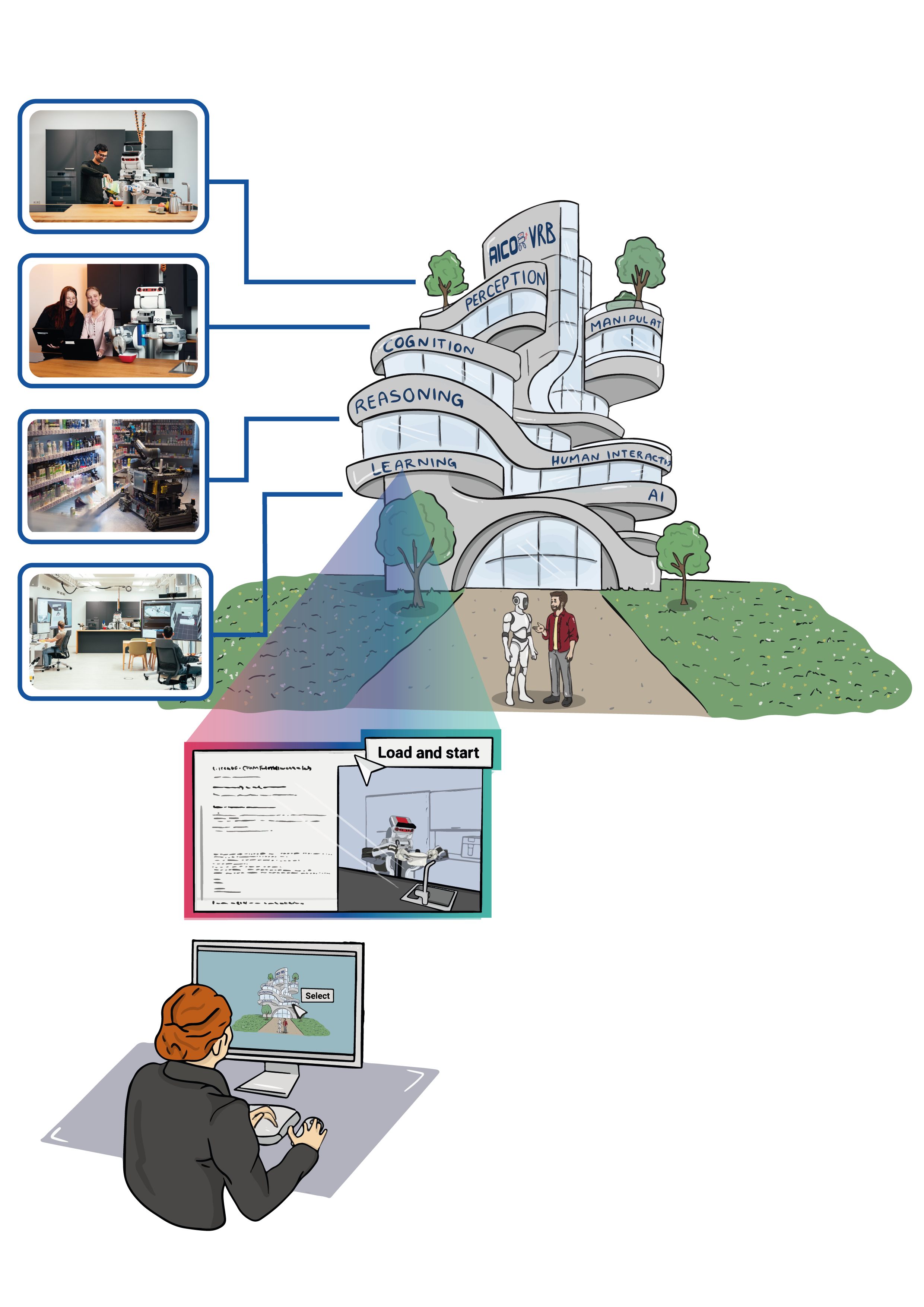The TraceBot Lab offers a pioneering platform for conducting research with robotic systems uniquely designed to have a profound understanding of their actions and perceptions, specifically targeting the automation of the membrane-based sterility testing process. At the heart of the TraceBot Lab’s mission is the integration of verifiable actions into robotic manipulations, facilitated by advanced reasoning over sensor-actor trails within a comprehensive traceability framework. This framework capitalizes on digital-twin technology, which serves to replicate the physical world within a virtual environment, enhancing robot motion planners with the ability to autonomously execute self-checking procedures. These innovative procedures aim to create a semantic trace of the robot’s actions, ensuring that every manipulation is not only verifiable but also meets the rigorous standards required in regulated environments like healthcare. Through this approach, the TraceBot Lab is setting new benchmarks for the reliability and accountability of robotic systems in critical sectors.
For more information, you can visit the webpage of TraceBot to get a better idea of the complete project.

Interactive Actions and/or Examples
Description
The EU funded TraceBot project aims at addressing healthcare-related processes, and more exactly the membrane-based sterility testing process. The objective of TraceBot is to bring verifiable actions to robot manipulation by reasoning over sensor-actor trails in a traceability framework based on digital-twin technology and extend current robot motion planners with the automatic execution of self-checking procedures that create a semantic trace of the actions performed. The goal is to create robotic systems able to understand what they perceive and do, to ensure that any manipulation action is verified, thus meeting the needs of the regulated environment.
The TraceBot project brings together six strong partners from five countries: Astech Projects Limited (England), Commissariat à l‘Energie Atomique et aux Energies Alternatives (France), Fundación Tecnalia Research & Innovation (Spain), Invite GmbH (Germany), Technische Universität Wien (Austria) and Universität Bremen (Germany) and is being guided by representatives of the pharmaceutical industry. Each partner contributes its own expertise by providing a solution working hand-in-hand with each other partner’s solution. This cooperation will permit the development of tactile grippers for handling medical products, the design of a set of manipulation skills to execute the regulatory checking actions for every assembly step, the generation of an intuitive programming method for a quick adaptation to novel products and tasks and, last but not least, the development of a reasoning framework to monitor and control the safe and failure-resistant operation of the robot system, in order to meet the need of safety-critical automation. The TraceBot project’s coordination, communication and dissemination is carried out by the health network BioLAGO (Germany). Example Videos
More Videos on the TraceBot YouTube channel
Publications
Mania, Patrick, Stelter, Simon, Kazhoyan, Gayane and Beetz, Michael, “An Open and Flexible Robot Perception Framework for Mobile Manipulation Tasks”, In 2024 International Conference on Robotics and Automation (ICRA), 2024(Accepted for publication)
Software Components
URoboSim
is a UE4/5 plugin to simulate robots.
source code
KnowRob

is a knowledge processing system for robots.
source code
OpenEASE

is a web-based knowledge service providing robot and human activity data.
source code
ROBOKUDO

is a perception framework targeted for robot manipulation tasks.
source code




